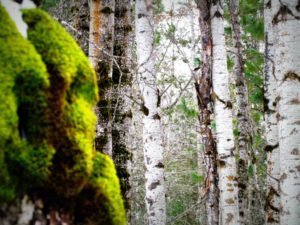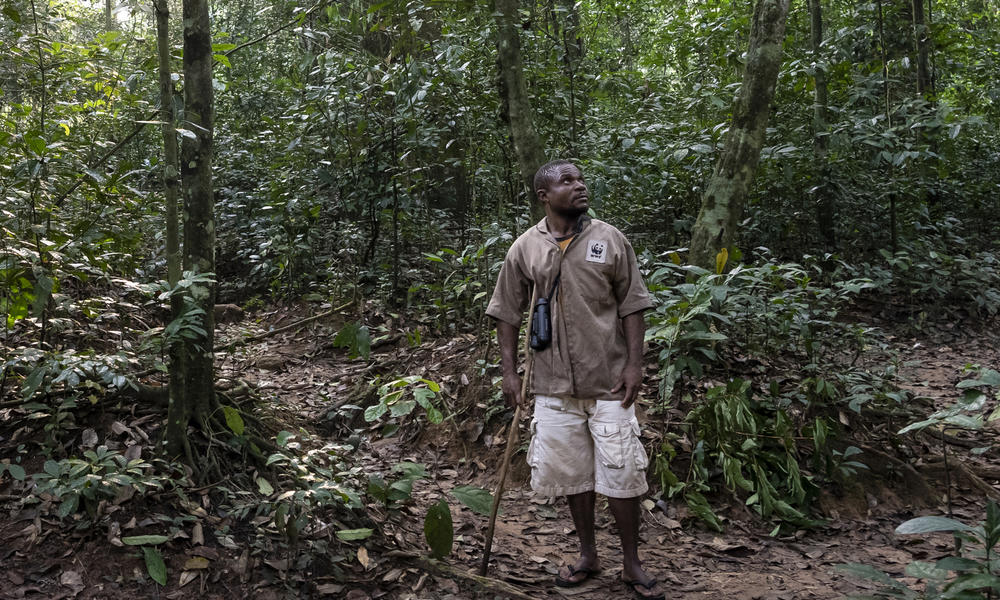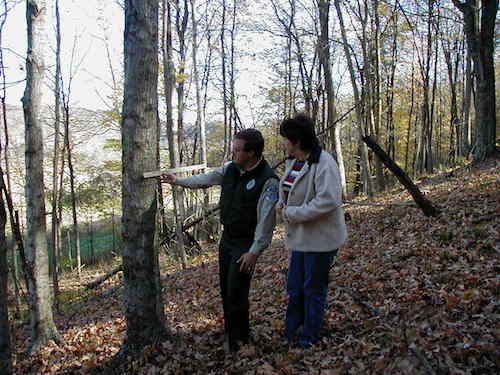Central Us Hardwood Forests

The central hardwoods research work unit is located on the campus of the university of missouri in columbia and at the sinkin experimental forest on the mark twain national forest.
Central us hardwood forests. While other forests in the united states and canada. It also identifies important planning and management considerations and suggests management opportunities that are compatible with the ecology of the landscape. It brings together a multidisciplinary team of natural resource professionals to examine the problems of its region at all levels from the individual organism and. Like the ecoregions to the east broadleaf deciduous trees dominate the central u s.
This book describes 188 native or naturalized tree species found in these forests plus 84 trees that are commonly planted in the region. These ecosystems are commonly found wherever streams or rivers at least occasionally cause flooding beyond their channel confines. Hardwood forests comprise a temperate broadleaf and mixed forests ecoregion in the eastern united states as defined by the world wildlife fund. In central massachusetts and across much of central new england these forests were dominated by white pines.
This region receives less precipitation than the more coastal areas however so drought resistant oak hickory forests predominate here. It has one of the most diverse herbaceous plant floras of ecoregions in north america. This chapter provides a detailed assessment of the ecological and socioeconomic conditions for the north central forest. Central hardwood forests the central hardwood region covers over 100 million acres and is one of the largest forest areas in the country.
The region supports a diversity of forest ecosystems most notably upland oak hickory and oak pine forests oak and pine savannas old growth hardwood and pine forests and bottomland hardwood forests. Download the north central forest chapter pdf of the ecological landscapes of wisconsin. Experimental forest in central new hampshire an. One of the characteristic features of the hardwood forest that developed after the clear cutting of the old field white pines is the predominance of multi stemmed sprout.
United states department of agriculture forest service general technical report nrs 132. They are found along rivers and streams of the southeast and south central united states generally in broad floodplains. To regenerate naturally the current forest must produce seedlings stump sprouts and root suckers that will become the next forest following a harvest or natural disturbance. Most regeneration of hardwood forests occurs naturally that is without planting trees but many factors can affect forest regeneration.
Table 1 silvical characteristics of the important species in northern hardwood forests. Abandoned pastures and fields rapidly developed into forests. 3 aware of shade tolerance regeneration requirements site.






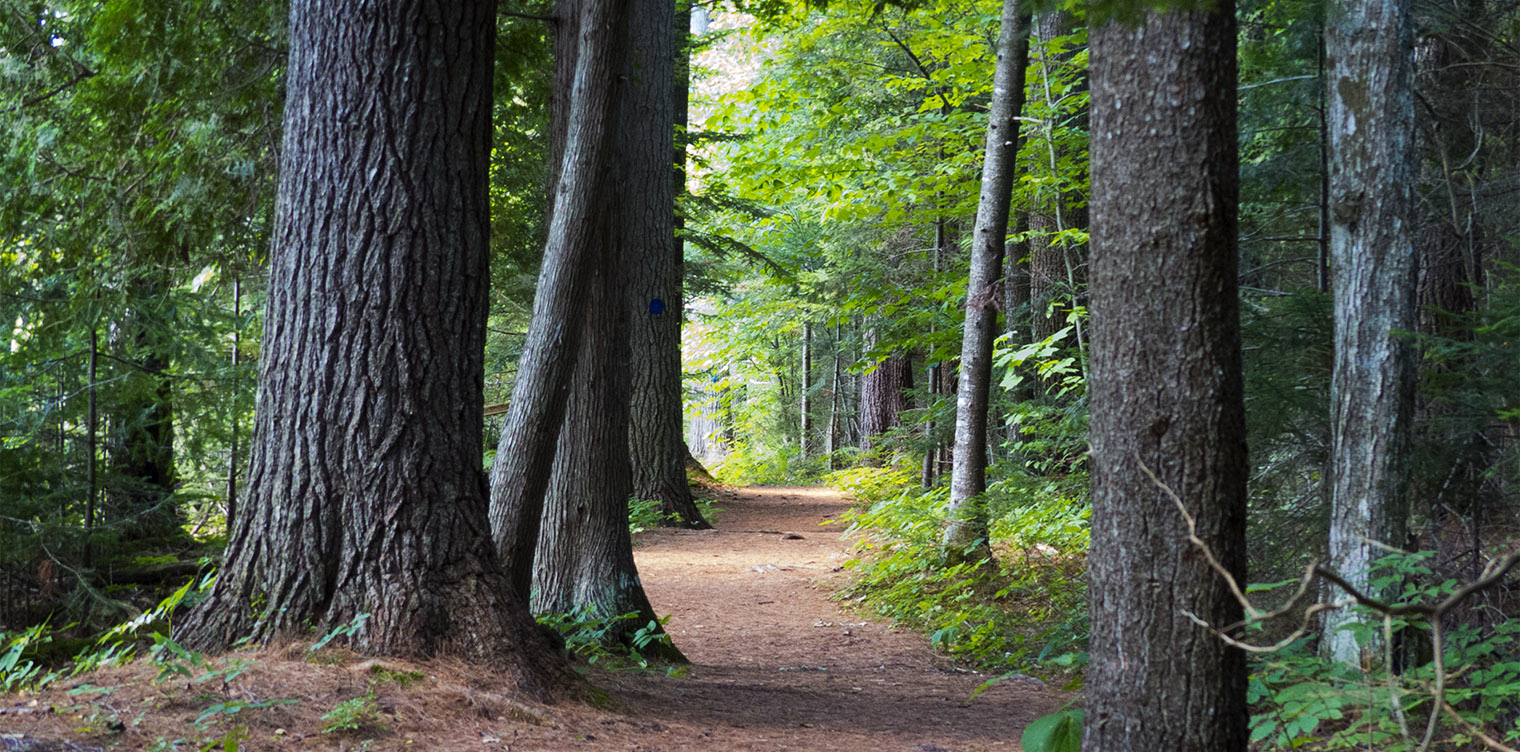
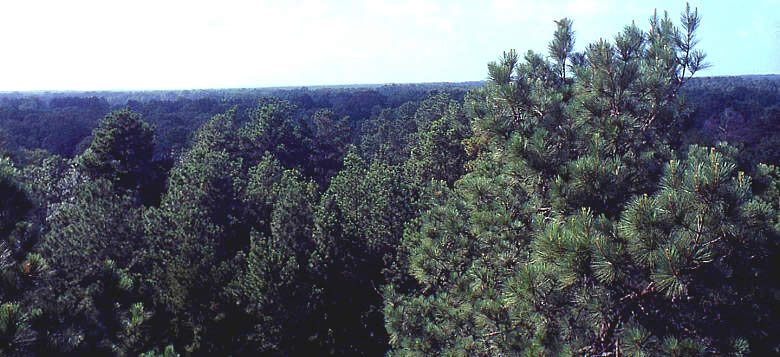


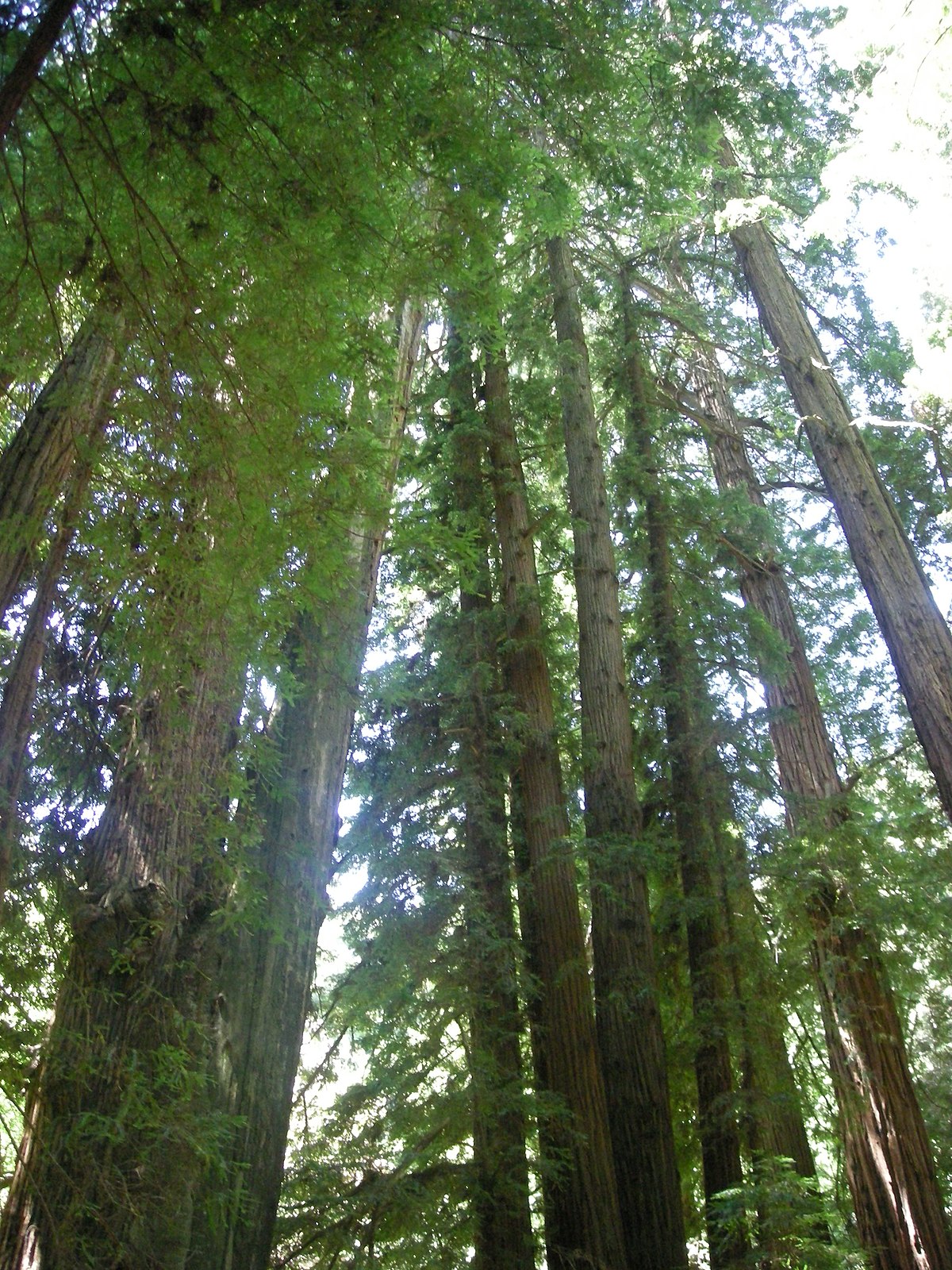


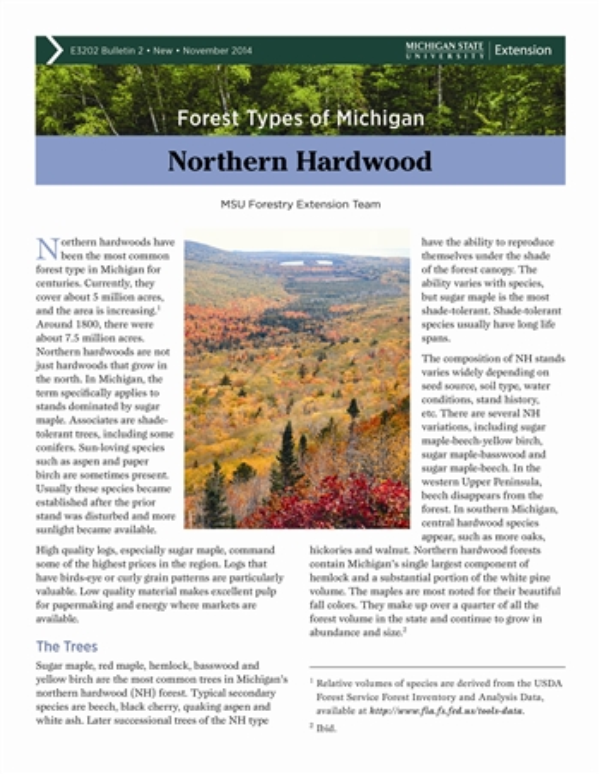




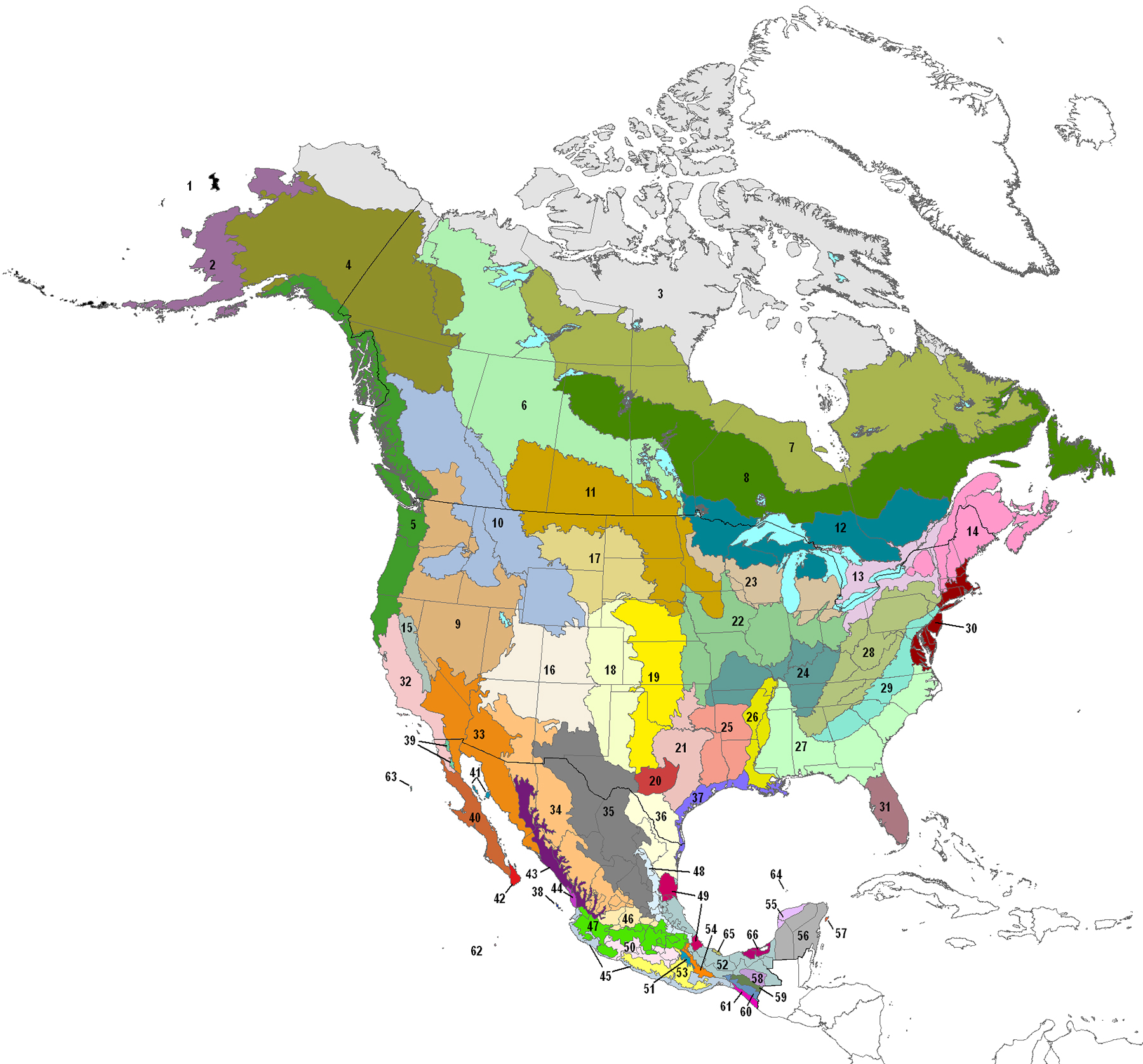






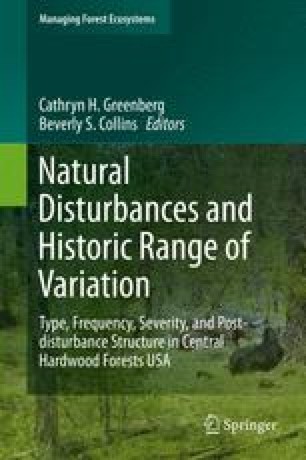

/cdn.vox-cdn.com/uploads/chorus_image/image/65889768/green_flooring_toutX.0.jpg)

